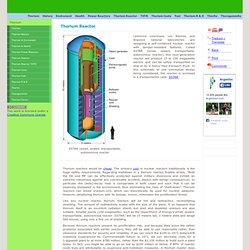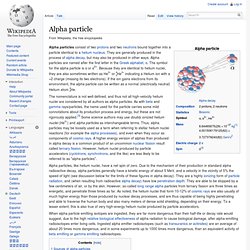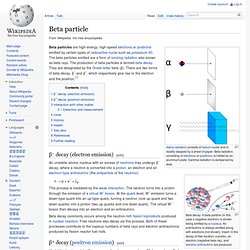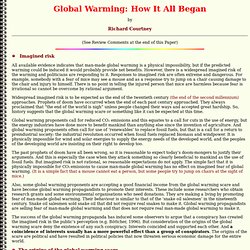

Nuclear, Oil, Gas, Renewables - All on Table. Ever have one of those moments when you turn on the car and the radio is playing your favorite song?

I had one the other day, only it wasn't a song that was playing. It was noontime talk radio, and an energy investment expert was being interviewed and taking listener questions. This guy's view of the energy industry was nearly identical to mine. See if some of what he had to say sounds familiar: We are living in a carbon era. The good news is that green is going to grow. I was encouraged, to say the least. And it's finally making it to daytime talk radio.
I called for triple-digit oil, said there was no “silver bullet” solution to our energy problems, and championed cleantech's ascension all in the same article — in 2007. It was the fourth article I'd written for this column. And though I've written hundreds since, the message remains the same: We are at the beginning of a massive transition in the way we think about, use, and produce energy.
It's ongoing and it's slow-moving. Reactor. Thorium reactors would be cheap.

The primary cost in nuclear reactors traditionally is the huge safety requirements. Regarding meltdown in a thorium reactor, Rubbia writes, “Both the EA and MF can be effectively protected against military diversions and exhibit an extreme robustness against any conceivable accident, always with benign consequences. In particular the [beta]-decay heat is comparable in both cases and such that it can be passively dissipated in the environment, thus eliminating the risks of “melt-down”. Thorium reactors can breed uranium-233, which can theoretically be used for nuclear weapons. However, denaturing thorium with its isotope, ionium, eliminates the proliferation threat. Like any nuclear reactor, thorium reactors will be hot and radioactive, necessitating shielding. Because thorium reactors will make nuclear reactors more decentralized. Even smaller reactors might be built. The primary limitation with nuclear reactors, as always, is containment of radiation. Alpha particle.
Alpha particles consist of two protons and two neutrons bound together into a particle identical to a helium nucleus.

They are generally produced in the process of alpha decay, but may also be produced in other ways. Alpha particles are named after the first letter in the Greek alphabet, α. The symbol for the alpha particle is α or α2+. Because they are identical to helium nuclei, they are also sometimes written as He2+ or 4 2He2+ indicating a Helium ion with a +2 charge (missing its two electrons). If the ion gains electrons from its environment, the alpha particle can be written as a normal (electrically neutral) Helium atom 4 2He.
The nomenclature is not well defined, and thus not all high-velocity helium nuclei are considered by all authors as alpha particles. Alpha particles, like helium nuclei, have a net spin of zero. Sources of alpha particles[edit] Alpha decay[edit] Beta particle. Alpha radiation consists of helium nuclei and is readily stopped by a sheet of paper.

Beta radiation, consisting of electrons or positrons, is halted by an aluminum plate. Gamma radiation is dampened by lead. Beta particles are high-energy, high-speed electrons or positrons emitted by certain types of radioactive nuclei such as potassium-40. The beta particles emitted are a form of ionizing radiation also known as beta rays.
The production of beta particles is termed beta decay. Β− decay (electron emission)[edit] Beta decay. An unstable atomic nucleus with an excess of neutrons may undergo β− decay, where a neutron is converted into a proton, an electron and an electron-type antineutrino (the antiparticle of the neutrino): n → p + e− + ν e This process is mediated by the weak interaction. Beta decay commonly occurs among the neutron-rich fission byproducts produced in nuclear reactors. Β+ decay (positron emission)[edit] p → n + e+ + ν e Interaction with other matter[edit] The History of the Global Warming Scare. Global Warming: How It All Began by Richard Courtney (See Review Comments at the end of this Paper) Imagined risk All available evidence indicates that man-made global warming is a physical impossibility, but if the predicted warming could be induced it would probably provide net benefits.

Widespread imagined risk is to be expected as the end of the twentieth century (the end of the second millennium) approaches. Global warming proponents call for reduced CO2 emissions and this equates to a call for cuts in the use of energy, but the energy industries have done more to benefit mankind than anything else since the invention of agriculture. The past prophets of doom have all been wrong, so it is reasonable to expect today’s doom-mongers to justify their arguments. Also, some global warming proponents are accepting a good financial income from the global warming scare and have become global warming propagandists to promote their interests.